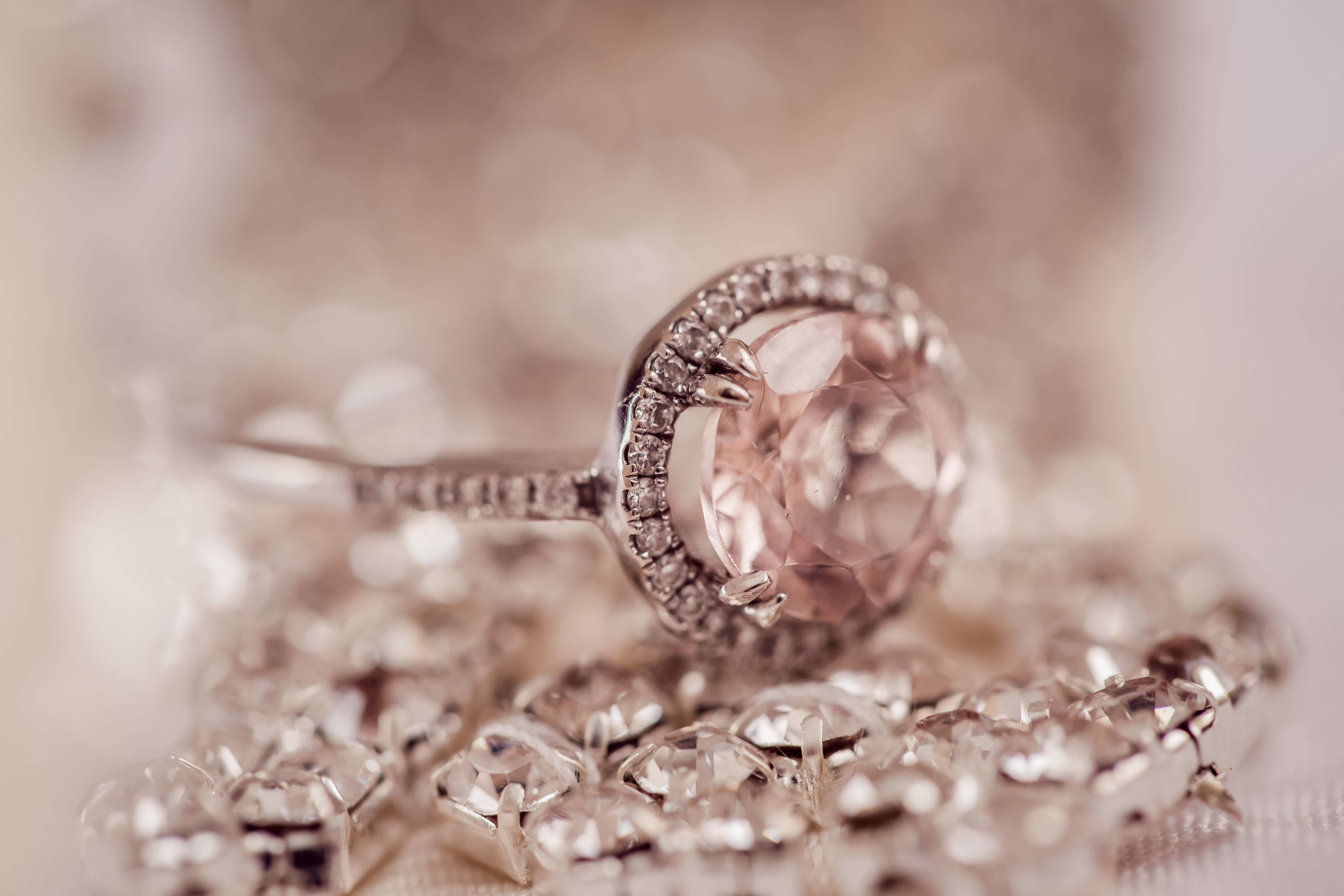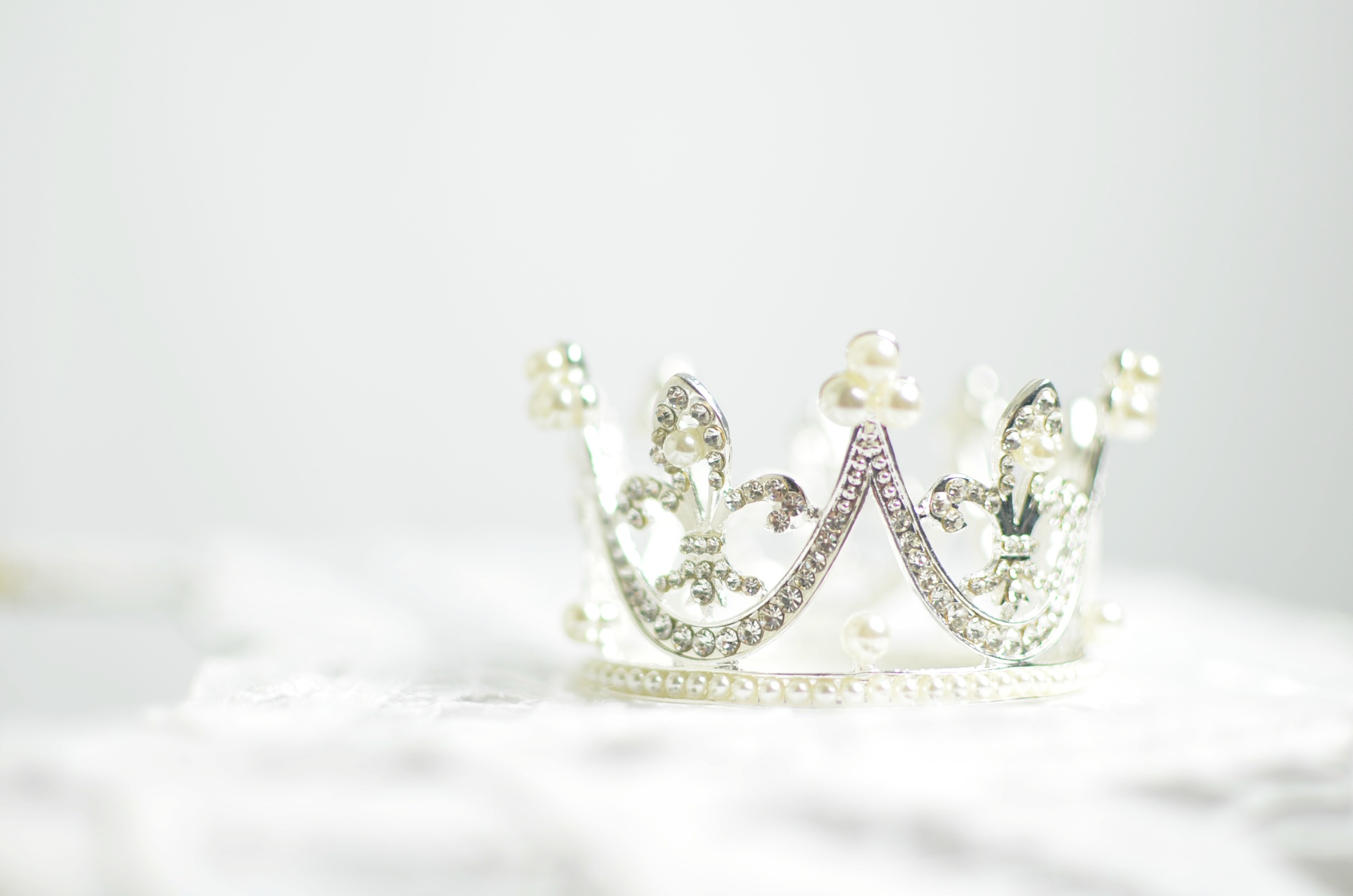How to Import Jewellery into Australia
We’ve created this easy to understand guide to find out everything you need to know about importing jewellery into Australia.
The jewellery market in Australia is a great place to start when it comes to importing products. Australians love showing off their individuality, and the right jewellery is the perfect accessory and a great way to make a statement. Jewellery also has the advantage of being light and easy to ship, meaning your logistics and distributions costs are going to be low.
Understand the rules on importing
There are a few rules you need to follow when importing Jewellery into Australia, fortunately the Australian Department of Border Protection has a number of very thorough guides on their website.
Learn about any restrictions on the types of products you can import
Because Jewellery is mainly precious metals, semi precious stones and gemstones, you’re unlikely to fall afoul of Australia’s import restrictions. However, it’s important to check the list as there are some areas where there may be restrictions, specifically:
- Rough diamonds.
- Cultural heritage goods.
- Importing from sanctioned countries like Eritrea, Iran, North Korea, or Libya.
- Certain animal and plant materials.
Check any possible restrictions for the products you’re interested in, and if you’re not sure, contact the Australian Border Force.

Source jewellery you’d like to import
One of the biggest factors in importing Jewellery is to source items your prospective customers will want to buy. Make sure you carry out some market research and get an idea of the price range, quality, uniqueness, metals, precious stones, and other factors your customers are looking for. Use this insight to help you source items.
There are various places you can find items to sell, these include:
- Alibaba — A huge online marketplace that provides millions of different types of items, mainly available from China.
- Amazon — Look through the various marketplaces to find suppliers of jewellery and approach them directly.
- Ebay — Distributors will list items on the popular auction website.
- Etsy — Since Etsy is built for craftspeople, there’s plenty of jewellery to choose from.
- Jewellery Net Asia — A dedicated website for jewellery manufacturers and distributors.
Hints and tips on choosing the right jewellery products
- Avoid importing products that are already available through the major Jewellery retailers in Australia. They buy in bulk and you’ll never be able to compete with them on price.
- Avoid mass-produced, cheap goods — When you’re looking at Jewellery, aim towards the luxury end of the market.
- Always source items based on what you know about your prospective customers. If they don’t want silver Jewellery, don’t buy it! Base your decisions on your data and research.
- Read reviews on the quality and customer service others have received from your prospective Jewellery suppliers. Dig into them as much as you can before placing an order.
- Always request a sample of any items you’re interested in. When you receive it, check the quality and ask a professional local jeweller for their opinion. You might want to look into the purity of the precious metals and the clarity and quality of the gemstones.
- Ask the supplier about their terms for payment, how long it will take them to send the product to you, what protections and guarantees you have, and what their policies are on returns. If you are satisfied and you’ve finished your due diligence, sign a contract with them.

Make sure your jewellery are labelled accurately
Imported goods must be properly labelled. This includes the country of manufacture and origin, a true description of the goods, a sender’s address, and a recipient’s address. The labels should be in English, attached to the goods in a prominent position and be clear and easy to read. You can find full details of labelling requirements here.
Understand costs to import jewellery
Now you know the products you want to buy, you’ll need to understand the total cost to your business.
This includes the following:
- The cost of buying the jewellery in the first place (the wholesale costs).
- The costs of shipping the jewellery from its place of manufacture to Australia (logistics and distribution costs).
- The tariffs and duties you’ll need to pay when importing into Australia.
You will almost certainly have to pay some taxes and tariffs on your imported goods. Spend some time learning about:
- Import entry costs and processing charges which you can find here.
- Understanding how to value goods for customs duty taxes.
- Find out if you have to pay goods and services tax.
- Getting the right tariff classification for your goods.
- You’ll also need an Australian Business Number to claim tax credits and defer tax payments. You should contact your taxation office for more information.
If your goods are valued at over $1,000 AUD, you will almost certainly have to pay import duty and GST on them.
- Import entry costs and processing charges – Customs will charge you a fee (typically under $200 AUD) for processing your goods.
- Customs import duty is calculated as a percentage of the price you paid for the goods. The duty rate can range from 0% to 10%, but the rate for most goods is 5%.
- Goods and services sales tax (GST) will also be charged based on the following:
- The valuation of the goods plus;
- The customs import duty amount plus;
- The cost of insuring the goods and transporting them to Australia.
- GST is charged at 10% of the final amount.
This is just intended as a general guide – These charges can be influenced by what you’re bringing in, excise taxes, free trade agreements, and many other factors. Please check with customs for your individual circumstances.
Some types of goods are eligible for concessions (reducing the amount of duty you need to pay). You can find a factsheet about the Tariff Concession System here.
Figuring out your costs
You should work out exactly what each piece of jewellery is going to cost you. This includes your price per item (buying or manufacturing), transport and logistics, exchange rates, operational costs, insurance, salaries of people you need to pay, duties, tariffs, tax, and everything else that goes into running a business. Use all of these costs to help you set your selling price.
Paying for your goods in foreign currency
Importing jewellery is usually transacted in US dollars.
Consider using OFX.
They specialise in international payments and receipts for Australian businesses. Each client has a personal manager and access to a range of useful products like Forward Exchange Contracts, Options, Limit Orders and Currency Options.
OFX is a trusted partner of The Currency Shop. Click on this link , sign up and never pay a transfer fee for your international money transfers. Ever.
OFX charges no transaction fees. Minimum transfer A$250. Third party intermediary fees may still apply.
Learn more about OFX
What about receiving money in foreign currency?
Until recently, Australian businesses had 3 options to receive money from overseas customers:
- Get paid into a local Australian based, Australian dollar account.
- Open a Foreign Currency Account, usually with a bank
- Use a payment gateway like PayPal, Braintree or Stripe
Unfortunately, these options are usually filled with fees, balance requirements or massive exchange rate mark-ups.
In October 2017, Wise (formerly TransferWise) released its multi-currency account in Australia. It allows you to receive, hold and transfer 27 different currencies.
A unique feature that is particularly useful for businesses, is the ability to have local bank account details in USD, EUR, GBP, NZD, CAD or AUD. This makes receiving money from overseas customers really easy.